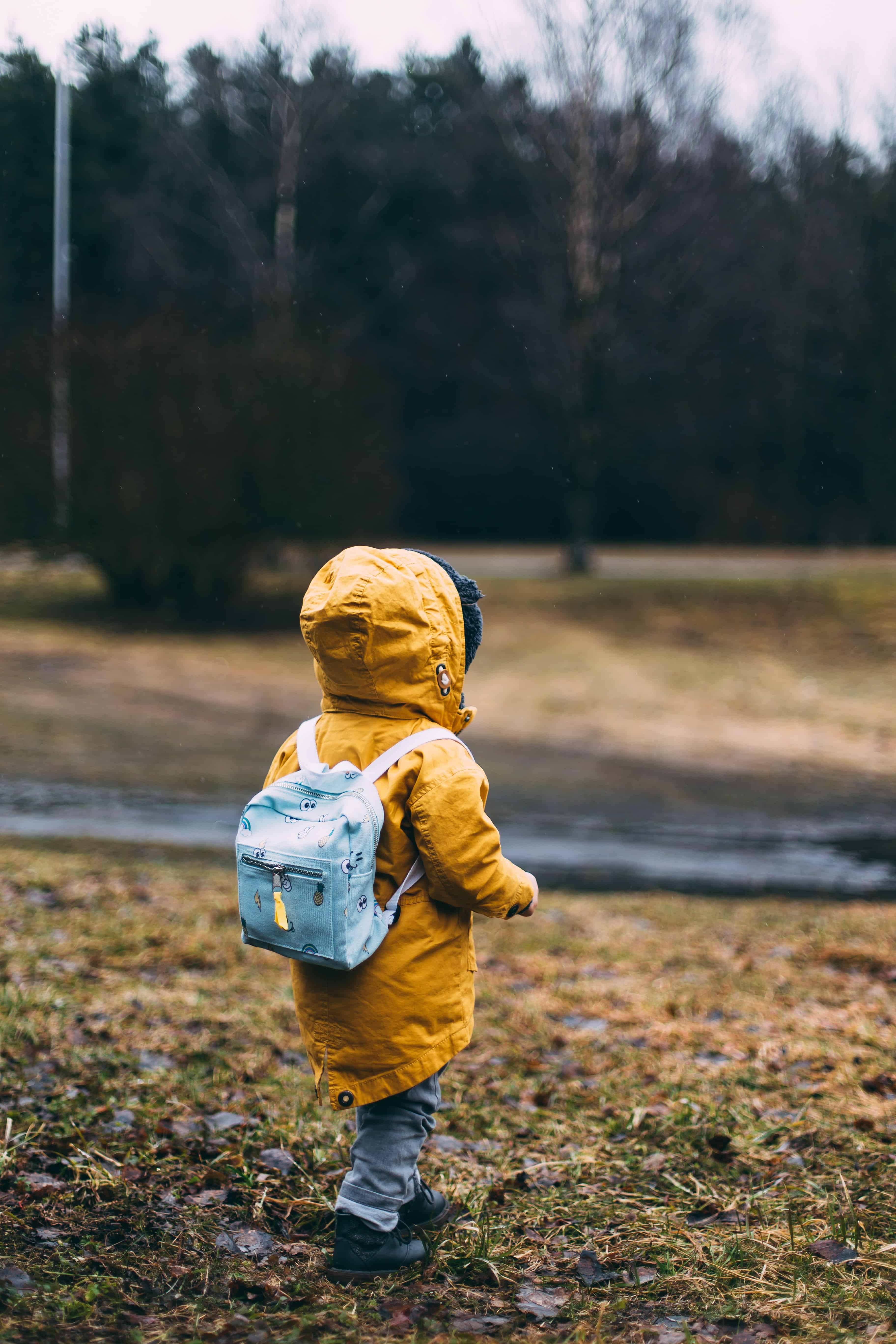After my five-year-old polished off the last of his Valentine’s chocolates, he turned to me with his chocolate-smeared face, held up the empty box and quoted Rocky from Paw Patrol: “Don’t lose it, reuse it!” he said, before running over to stash it on his art table for a future project. The next day, he turned it into a robot.
I love that he knows that just because something has been used doesn’t mean it’s automatically garbage. That it still has value. (I like to believe I’m the one that taught him this, not Rocky–but I’ll take it either way.)
Clothes, on the other hand, thanks to fast fashion, have pretty much lost their value. According to a CBC Marketplace investigation, Canadians buy an average of 70 new articles of clothing a year. They are purchased cheaply, worn for a brief period of time and discarded. Want to buy just one new cotton t-shirt? It takes approximately 27 bathtubs full of water to produce it.
When it comes to kids’ clothing, it has the potential to be even more wasteful. Not only do they grow out of it quickly, they are also pretty rough on their clothes. By some sort of kid sorcery, most of my five-year-old’s leggings have holes on one knee (does he crawl around on one knee when I’m not looking?).
Despite this fact, I still love kids’ fashion. I really believe the clothes we buy for our kids reflect our values and are a form of creative expression.
I will be the first to admit that I’m a sucker for adorable organic kids clothing and open-ended wooden toys. And sometimes I’m tempted to stray from buying only used. While my kids’ wardrobes are made up of 90 percent secondhand clothes, they are also 10 percent Modern Rascals (hi Jana, I love you).
But I also love that I don’t need to even consider buying new until I’ve exhausted the used options. After all, the most sustainable items are the ones that already exist. Costumes, puzzles, bikes, strollers, toys, clothes, bathing suits: They are all out there, waiting for a new home.
Thanks to Toronto’s incredible sustainable businesses, fashionable kids’ secondhand shopping is easy. Bumbleberry Kids and Tokki both have an amazing selection of brands. Tiny Toy Co. has toys, games, baby gear and puzzles (and even loot bags), Twice as Nice is great if you’re looking to buy or sell higher-end brands. They also sell gently used toys, bikes, sports equipment, furniture, and strollers. And there’s the classic Value Village too.
It is so satisfying to search through the racks to find all the things I need for my family for way cheaper, and more importantly, already in the waste stream.
Even better than thrifting: Hand-me-downs from friends and family. These are clothes and toys that arrive on our doorstep with love, and tell a story of their own: The sweater my niece always wore as a baby, the bike a neighbour’s older kids learned to ride on.
Right now, my kids are young. They don’t care that they have secondhand sports equipment, someone else’s old stroller, hand-me-down clothes and toys from the thrift shop. It isn’t unusual for them to receive gifts for Christmas with no packaging because it came from a buy-and-sell site.
But sometimes I worry–will they eventually be annoyed that we insist on secondhand items most of the time? Will they somehow get the message that newer=better?
For now at least, we get to choose, and that’s a wonderful thing–especially when we go thrifting and discover that someone has Marie Kondo’d the shit out of their kid’s old Mini Mioche wardrobe. On days like that, we’re as excited as our five-year-old with an empty chocolate box, ready to give new life to something that might otherwise be discarded.



 Follow Us On Instagram
Follow Us On Instagram
